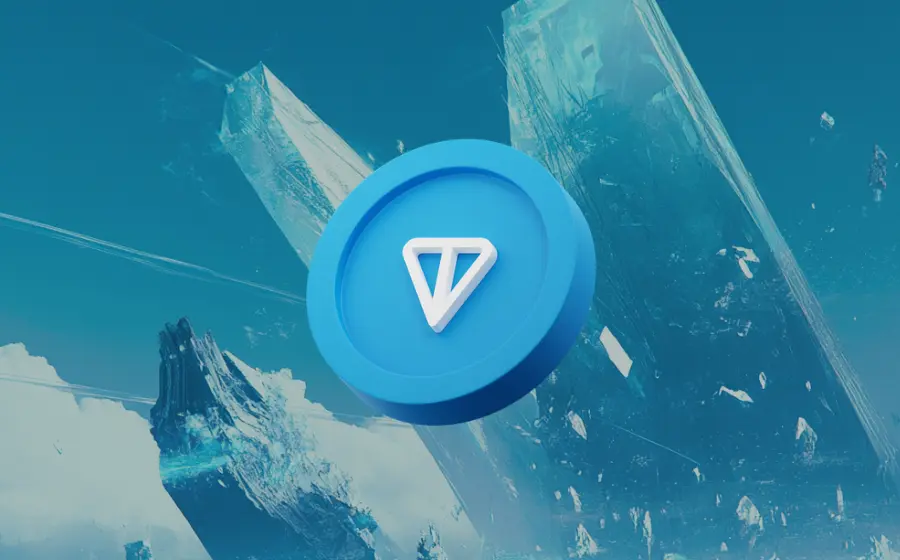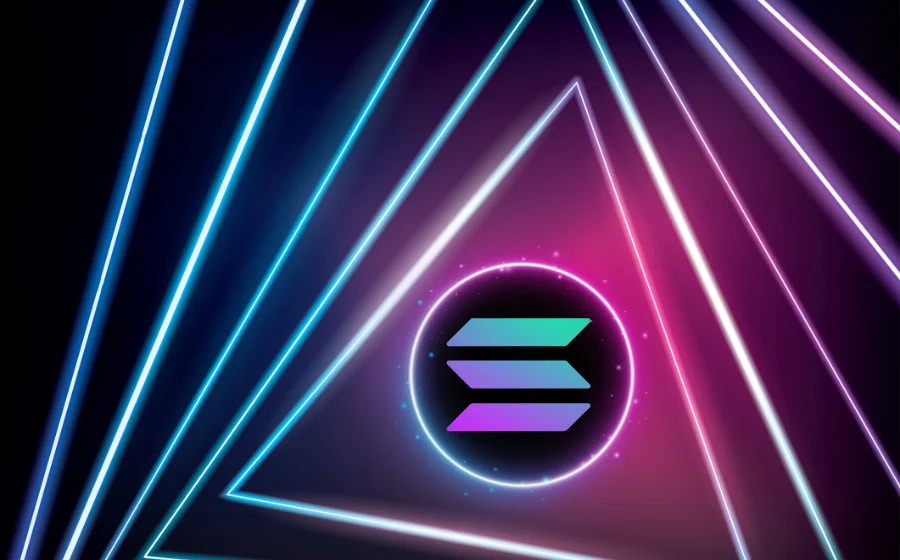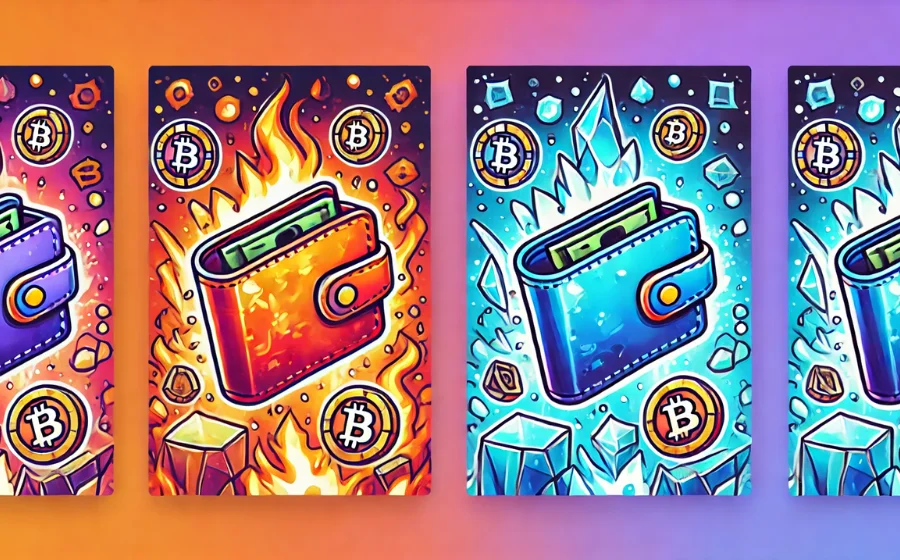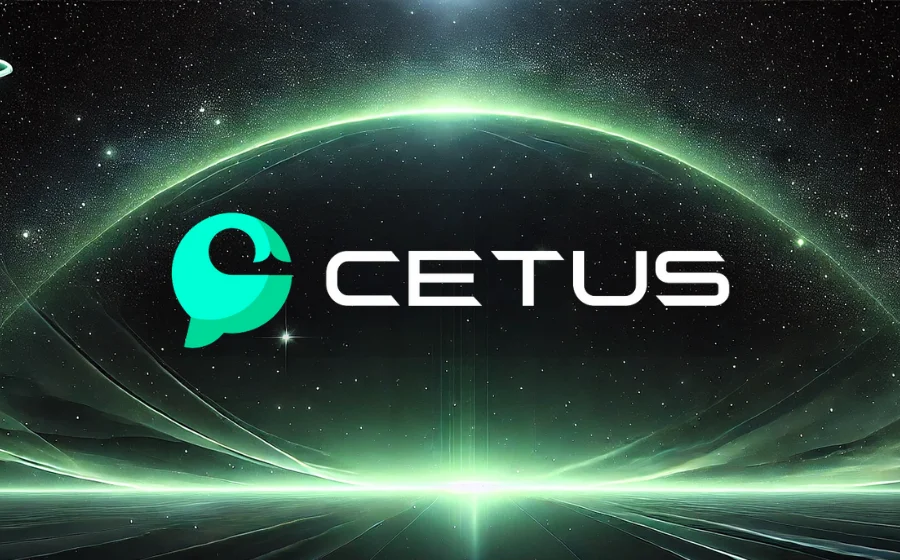
KEYTAKEAWAYS
- Layer 1 defines blockchain’s core rules, focusing on transaction security, decentralization, and scalability.
- Layer 2 enhances blockchain efficiency by reducing congestion through solutions like sidechains and state channels.
- Layer 3 and Layer 4 drive interaction, allowing users to engage with DApps and Web 3.0 services while ensuring privacy and data ownership.

CONTENT
Blockchain layers—Layer 1 (Protocol), Layer 2 (Scaling), Layer 3 (Interaction), and Layer 4 (Application)—add distinct functionalities, enabling the technology to support Web 3.0 applications and more.
WHAT IS A LAYER?
The development of blockchain technology is advancing rapidly, evolving from the initial creation of Bitcoin to a wide range of applications like NFTs, DeFi, and other smart contracts.
With this fast-paced technological iteration, user demands have also expanded significantly, giving rise to various layers within the blockchain structure: Layer 1 (Protocol Layer), Layer 2 (Scaling Layer), Layer 3 (Interaction Layer), and Layer 4 (Application Layer).
Each layer has its own unique functions. Below is a breakdown of these blockchain layers for readers.
>>> More to read : What is Blockchain and How Does It Work?
LAYER 1 – THE FUNDAMENTAL RULES OF BLOCKCHAIN
Layer 1 is the foundational layer of blockchain technology, also known as the “Protocol Layer.”
It defines the fundamental rules and protocols of blockchain, including transaction verification, consensus mechanisms, and network security, ensuring reliability, security, and effectiveness.
Most blockchain transactions occur on Layer 1.
-
The Blockchain Trilemma
At this layer, technical development focuses on addressing the blockchain “Trilemma,” consisting of three key aspects: decentralization, scalability, and security.
- Decentralization: Decentralization is a core value of blockchain, achieved through distributed nodes and resistance to government censorship, preventing control or modification by individuals or centralized entities.
- Scalability: Scalability refers to the blockchain’s ability to handle a large volume of transactions, often measured by TPS (transactions per second). A higher TPS indicates greater transaction capacity.
- Security: Security is a primary concern for many users. A blockchain that frequently experiences hacks or outages presents a major barrier to user adoption.
In practice, it’s challenging to optimize all three aspects simultaneously, so many Layer 1 development teams aim to address this trilemma.
-
Common Layer 1 Projects
Many of the blockchains we use regularly fall under Layer 1 projects, such as Bitcoin, Ethereum, and Binance Chain. Additionally, newer public blockchains, like Aptos and Sui, are also classified as Layer 1 projects.
>>> More Layer 1 project :
What is Bitcoin: A Comprehensive Overview
Toncoin: Telegram’s Cryptocurrency
Exploring SUI: A Revolutionary Cryptocurrency on the Rise
LAYER 2 – BLOCKCHAIN SCALING SOLUTIONS
Layer 2 is the second layer of blockchain technology, serving as a scaling solution built on top of the Layer 1 protocol.
By establishing sidechains or state channels outside the main blockchain, Layer 2 achieves more efficient and faster data processing as well as lower transaction costs, enhancing the overall performance and scalability of the blockchain.
For instance, you can think of Layer 1 as a road; when it gets congested, a highway (Layer 2) is constructed to allow more people to travel faster to their destination.
-
Layer 2 Approaches
Common Layer 2 solutions often take the form of sidechains, which operate as networks that interact with the main chain, allowing transactions and contract interactions to take place on the sidechain, thus reducing congestion on the main chain.
State channels involve processing transaction data offline between two parties, with only the final results submitted to the main chain, enabling high-speed, low-cost transactions.
The diagram below illustrates an example of a state channel, where transactions are processed on a Layer 2 chain (e.g., Matic) and then batched and uploaded to the main chain (Ethereum), helping alleviate congestion on the main chain.
-
Common Layer 2 Projects
Most current Layer 2 projects aim to address Ethereum’s congestion issues, with notable solutions including the “Big Four”: Arbitrum, Optimism, Polygon, and ZKSync.
Other blockchains also feature Layer 2 projects, such as Bitcoin’s Lightning Network, which seeks to improve transaction speed and TPS (transactions per second) on the Bitcoin blockchain.
>>> More Layer 2 project :
Optimism (OP): Ethereum’s Layer-2 Scaling Solution
zkSync: Ethereum’s Latest Layer 2 Scaling Solution

LAYER 3 – BLOCKCHAIN INTERACTION LAYER
Layer 3 technology focuses on enhancing the functionality and application of blockchain, addressing issues like security, privacy, and smart contracts.
Layer 3 can cater to various application scenarios, such as trading NFTs or conducting DeFi transactions, effectively enabling everyday users to access blockchain applications (also known as decentralized applications, or DApps).
Broadly speaking, any protocol that allows interaction with blockchain can be categorized as Layer 3.
-
Common Layer 3 Projects
Most DApps fall within the Layer 3 category, which can be further divided into several types:
✎ DEX (Decentralized Exchange): Also known as decentralized exchanges, these smart contracts allow users to trade assets on-chain or engage in more complex financial derivatives. Due to their decentralized and censorship-resistant nature, an increasing number of users are moving towards DeFi for trading. Prominent DeFi projects include Uniswap and Curve.
✎ NFTs: Non-fungible tokens represent a significant blockchain application, valued for their uniqueness and non-replicable properties, which support applications in art collections, membership credentials, contract verification, and more. Popular NFT trading platforms include OpenSea and Blur.
✎ DeFi (Decentralized Finance): DeFi protocols, also known as decentralized finance, are characterized by a lack of central authority, with all transactions executed and managed via smart contracts while maintaining anonymity and privacy. DeFi applications commonly involve lending, insurance, derivatives, and stablecoins. Notable DeFi projects include Aave and Lido Finance.
✎ DAO (Decentralized Autonomous Organization): DAOs are typically anonymous organizations where members unite with a shared purpose or objective, such as NFT holders. A well-known example is MakerDAO, which issues decentralized stablecoins.
>>> Learn more about Layer 3:
What is NFT and How Does It Work?
Top 10 Decentralized Crypto Exchange 2024
LAYER 4 – THE APPLICATION LAYER OF BLOCKCHAIN
Since blockchain technology is still in its early stages, the boundary between Layer 4 and Layer 3 is somewhat blurred, with varying definitions across different sources.
For example, some DApps are often seen as positioned between Layer 3 and 4. The author suggests that many current Web 3.0 interface providers, such as MetaMask and similar services, can be defined as Layer 4.
-
Common Layer 4 Projects
Increasingly, projects are venturing into the Web 3.0 space, offering services like social platforms, browsers, and cloud storage.
Many believe Web 3.0 will revolutionize internet usage, shifting from centralized to decentralized systems, and offering greater privacy and control over personal information. Below are some common Layer 4 projects:
✎ Browsers: Web 3.0 browsers provide higher privacy, faster load times, and are free from intrusive ads and cookie tracking. A well-known example is the Brave browser.
✎ Web Wallet Extensions: In the Web 3.0 world, users no longer log in with traditional Google or Meta accounts but instead use wallets for authentication and interaction, staying anonymous to protect personal data privacy. These wallets are browser extensions that allow users to access certain DApp websites and interact with them securely. Popular wallets include MetaMask and Phantom.
The above Layer 4 projects mainly serve as gateways to the Web 3.0 world, with intuitive, visual interfaces that help users experience the applications blockchain offers. They empower users with true data ownership, moving away from the centralized control of personal information characteristic of Web 2.0.
>>> Learn more about Layer 4:
Top 4 Popular Crypto Hot Wallets In 2024
Crypto Cold Wallet vs. Hot Wallet: What’s the Difference
THE FUTURE OF LAYER & BLOCKCHAIN
Blockchain is still in its early development, evolving in under a decade from the Bitcoin whitepaper to an industry worth over a trillion dollars, thanks to dedicated developers advancing technology across layers.
Ethereum’s arrival unlocked new possibilities for decentralized web services, sparking rapid growth in Layer 3 projects and DApps, which continue to expand the Ethereum ecosystem.
With more DApps emerging, Ethereum’s congestion became a key issue, prompting various Layer 2 scaling solutions to improve user experience.
Looking ahead, Web 3.0 is expected to gradually replace traditional services, prioritizing privacy and security. As adoption grows, practical Web 3.0 applications will continue to drive a new revolution in internet usage.


















